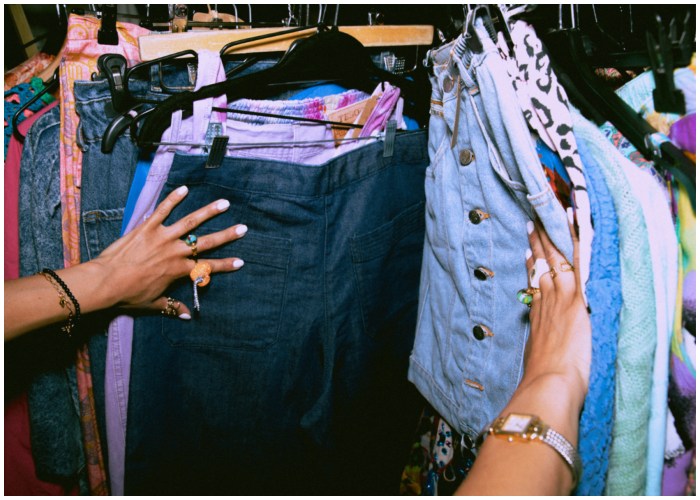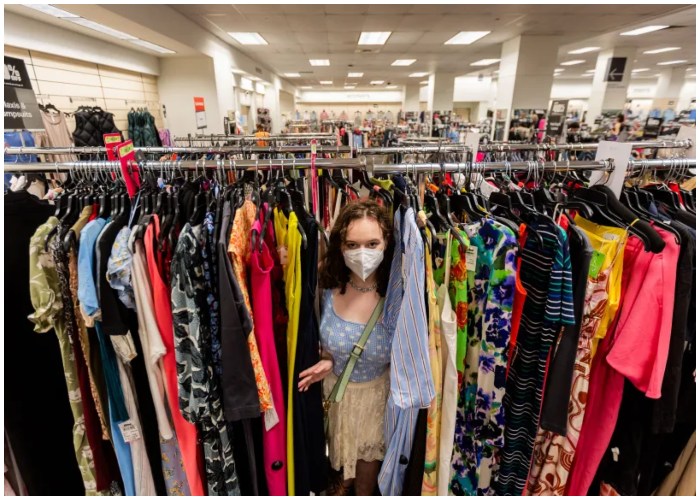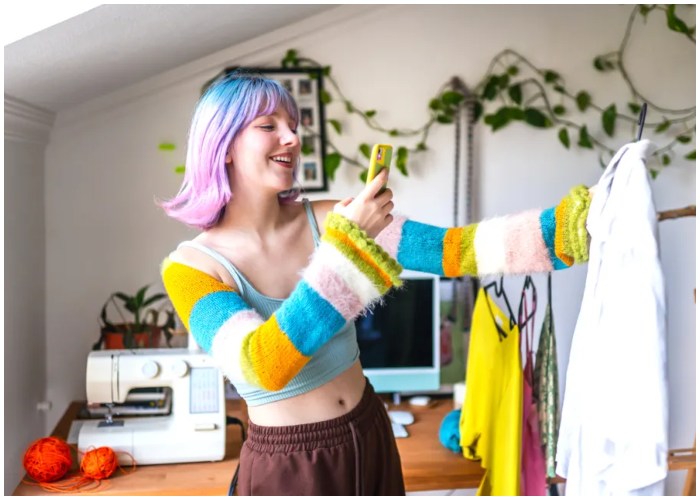In an age dominated by fast fashion and influencer-driven “haul culture,” a counter-movement promoting mindful, minimalist consumption is gaining traction. Often referred to as “underconsumption core,” this shift encourages a lifestyle that embraces using, reusing, and valuing what we already own rather than constantly acquiring new items. This growing trend, visible on platforms like TikTok and Instagram, offers an alternative to the endless purchasing cycle, with proponents showcasing the same worn jeans or decade-old appliances rather than the latest luxury items.
The Roots of Underconsumption
Although it may seem new, the principles of underconsumption are deeply rooted in history. In past eras, necessity often dictated that people find value in reusing and maintaining what they owned. The “make do and mend” concept during WWII encouraged people to stretch resources as far as possible. More recently, minimalist movements and practices like the Marie Kondo decluttering method have championed living with less. Today’s underconsumption movement adds a fresh twist by blending these values with a current social media presence that aligns with modern aesthetics, creating a visually appealing way to appreciate longevity and simplicity in everyday items.

Moving from Consumption to Conservation
Underconsumption is not merely a romantic notion but a practical approach to everyday living. In a world where overconsumption is a growing concern, underconsumption offers financial and environmental benefits that many find appealing. Individuals save money and reduce their ecological footprint by choosing to buy less and focusing on quality. This shift from purchasing “new” to valuing what’s already owned is a mindful approach to prioritizing the long-term use of items over short-lived satisfaction. It encourages people to pause before each purchase, ask whether it will truly serve them, and consider if they already have something similar that could meet their needs.
The Push Against Haul Culture
Underconsumption has emerged partly in response to “haul culture,” a social media phenomenon where influencers and users share large quantities of recently purchased items, often creating pressure to follow suit. This cycle of overconsumption has led to cluttered homes, closets bursting with unworn clothes, and unnecessary waste. By focusing on reusing and re-wearing, underconsumption offers an alternative that counters the “more is better” mindset. On social media, this shift is evident in influencers who showcase how they incorporate a few timeless pieces into various outfits rather than amassing new wardrobes each season. This approach reshapes online spaces, making mindful choices seem practical and desirable.

Saving Money Through Mindful Consumption
One of the greatest appeals of underconsumption is its practical impact on personal finances. In today’s economy, with rising costs and an increased focus on budgeting, many are embracing underconsumption to spend wisely and prioritize essential purchases over impulse buys. This shift isn’t just about saving a few dollars here and there but about creating a sustainable financial mindset that focuses on the lasting value of an item. Choosing quality items and reusing them aligns with principles of sound financial management, offering a way to reduce waste and avoid the frequent need to replace low-cost, low-quality goods.
Rediscovering Value in What We Already Own
Underconsumption doesn’t just mean buying less; it also promotes making the most of what we already own. In many cultures, the idea of reusing items for different purposes is long-standing, such as transforming worn clothes into sleepwear or “home clothes.” Social media has made this once-private practice visible, inspiring more people to explore new ways to extend the life of their belongings. This can mean everything from repurposing clothing to preserving older, functional items rather than replacing them. The popularity of underconsumption lies not only in the savings it offers but in the satisfaction that comes from creatively reusing items in ways that honor their original value.

Sustainability Beyond Greenwashing
In an age where many brands market themselves as “sustainable,” underconsumption offers an alternative beyond purchasing eco-friendly products. Instead of encouraging constant buying, even if labeled as “sustainable,” underconsumption emphasizes an actual reduction in demand. By valuing longevity and reusability, people reduce the need for new items, lessening environmental impact more effectively than buying new “sustainable” products. This lifestyle encourages a return to fundamentals, such as repairing and preserving items, rather than being swayed by trendy “green” purchases that ultimately still feed into the cycle of consumption.
How Social Media is Democratizing Mindful Consumption
Social media has played a significant role in broadening awareness of underconsumption. In the past, consumer culture was often shaped by a small group of influencers and celebrities. Today, however, platforms like TikTok and Instagram have allowed a diverse range of voices to share their perspectives, experiences, and insights on mindful consumption. This democratized platform has allowed people from all backgrounds to showcase how underconsumption can be integrated into everyday life, regardless of budget or lifestyle. By highlighting the creativity and practicality of this approach, social media is helping to normalize practices that, for many, were once just common sense.